A glance at the fruit and vegetable section of supermarkets will reveal many familiar varieties. Whether it's Jonagold or Elstar apples or Conference pears, the names are often well-known. Of course, more and more new varieties are being introduced, but even these are mostly derived from dwarf tree cultivation. "Unjustly so," states Jean van de Put of Reinette and Co., who sees the future of top fruit in the great diversity of tall standard orchards. "Nowadays, you have a very concentrated number of varieties on the market, but in Belgium, we have a total of some 1200 apple and 800 pear varieties. We can utilize this great diversity and by selecting the best varieties, bring a distinctive offering to the market," says the entrepreneur from the young cooperative company based in Havelange, Wallonia.
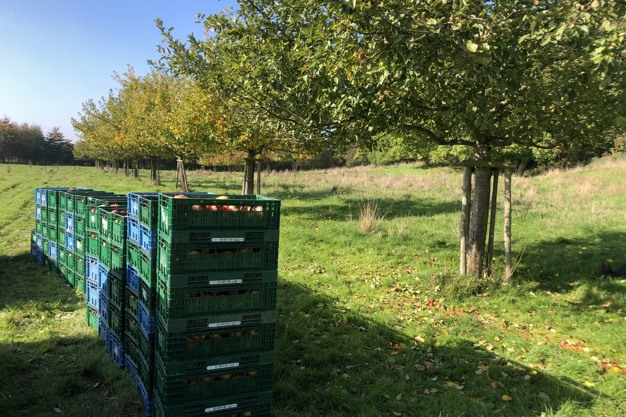
Reinette was founded three years ago based on the principle of replanting tall standard orchards, initially in Wallonia. The company specializes in top fruit from tall standard orchards. This fruit comes from orchards planted as a hobby, but they also plant new trees in meadows owned by landowners and farmers. "For about a decade, a couple of people have been offering the service of planting tall standard fruit trees for farmers. These involve meadow orchards, where there's a combination with animals. The first large branch in tall standard trees is at about 1.80 meters, allowing space under the fruit for other purposes. This is what we saw in Belgium, but also in the Netherlands and France before the 1950s. These meadow orchards in combination with animals have a very positive influence on the fruit. A good balance between trees and animals creates a natural ecosystem that suppresses diseases, eliminating the need for pesticides."
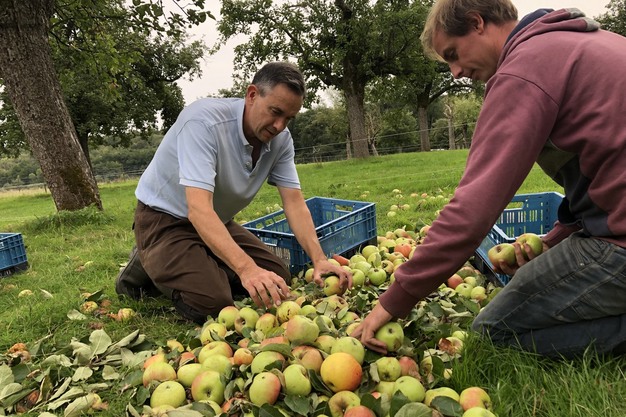
This is the principle of the cooperative company. "So, it's always extensive orchards in combination with animals. On 1 hectare, you then have about 100 trees, which remain and bear fruit for a period of 100 years, making it a very sustainable cultivation. In dwarf tree orchards, often the tree is old after 25 years, making it less resistant and producing little fruit before being cut down and replaced. In tall standard orchards, you can look ahead for three generations, so in terms of sustainability, there's no better model. The only downside is that there's a lower production in tall standard compared to dwarf trees. 10 to 15 tons per hectare versus 45 tons per hectare, but we will never run short. With the extensive planting of recent years, we eventually expect to grow to 1000 tons per year from 2030."
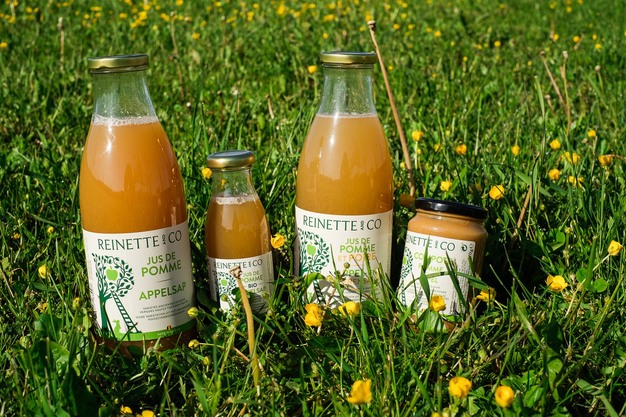
One hundred tons more each year
"We actually work with two types of producers. On one hand, cooperators. They have opted for this production model and have recently planted. 10 are already shareholders, two of whom plant 5000 trees each year," Jean continues. "On the other hand, you have owners of existing tall standard orchards, where we harvest ourselves every year. This represents a wide variety of owners (farmers, hobbyists, estates, etc.), with whom we can reach up to about 200 potential producers. The trees come into production after about 7 years. So, it's still really in the early stages, but we're already working with significant volumes, with a few hundred tons added each year."
The fruit thus grows in a completely natural way. "You see, there are three production methods for top fruit. Firstly, you have intensive conventional cultivation. Secondly, intensive organic cultivation, where the product is treated with substances approved for organic farming, and finally what we do. Tall standard orchards where no treatment is applied, but also no inputs, no fertilizer (except organic fertilizer when planting), no irrigation, no netting against hail. This leads to a fruit production with very low costs, which of course also makes it organic, but actually more than that," Jean explains. "Of the fruit that comes from the trees, a third, mainly the nicer fruit from the lower branches, is marketed as fresh fruit. These obviously also have the most value. The rest of the fruit from the tree is processed into, for example, juice, cider, vinegar, you name it. The list of possibilities is endless."
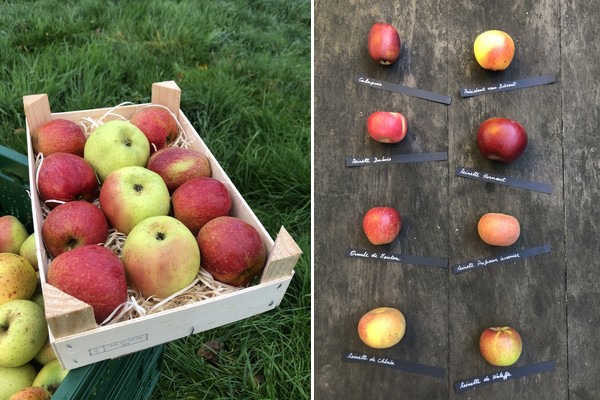
This fruit is supplied to stores and specialty shops in Wallonia and Flanders. "Everything is sold b2b to contacts in Wallonia, and we also have a number of customers in Flanders. Naturally, the first steps you take in marketing are primarily with local buyers, but in the future, we would like to see our products found everywhere in Belgium. And who knows, we might also expand to the Dutch or French market. Why not? There's great potential. The offering grows, as mentioned, each year, and we see a lot of interest in the taste of tall standard apples, pears, and plums."
Distinctive taste
A taste that, according to Jean, is distinctive compared to the fruit from dwarf trees. "We work with hundreds of different varieties. It's not like in intensive cultivation. In tall standard orchards, you'll never find the same variety planted everywhere. On 1 hectare, you often have a minimum of 10 different varieties. These are only old varieties, which the consumer doesn't really know anymore. The fresh fruit, but also the juices, provide new flavors on the market. We offer a wide variety, distinguished because they are made from beautiful sweet varieties, unknown to many. An ideal balance between sweet and sour, which in our experience is highly appreciated by the consumer. Of course, not every variety is equally flavorful, but through diversity, we can select the best types, going against the traditional direction of a concentrated offering. Especially with cider producers, this has proven to be a direct hit. We can already report a nice uptake in various processing channels. The first steps have been taken, but with the great diversity, a beautiful future lies ahead," Jean concludes.
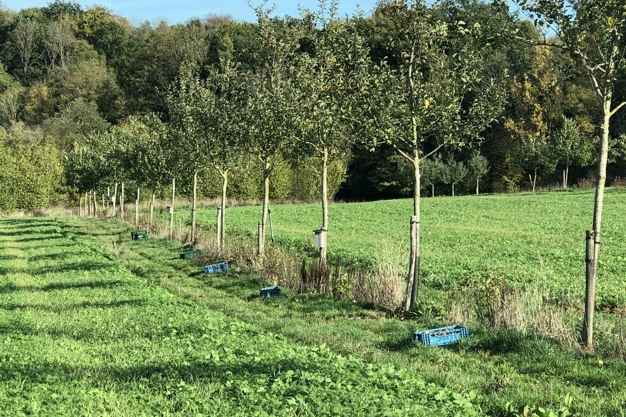
For more information:
Jean van de Put![]()
Reinette en Co.
Havelange (Buzin, 5)
Tel.: +32476487282
Email: [email protected]
www.reinette-co.be










